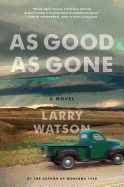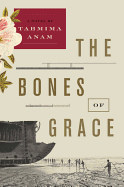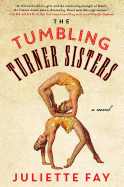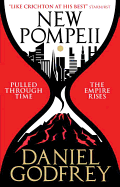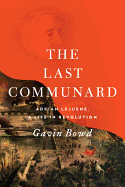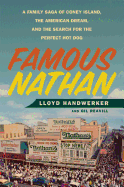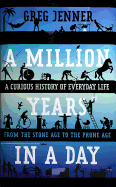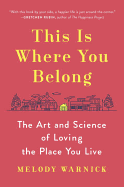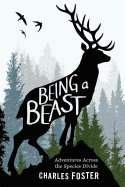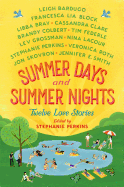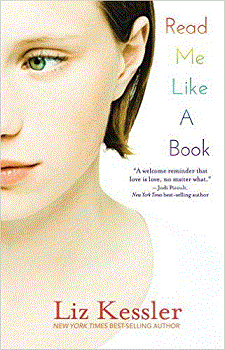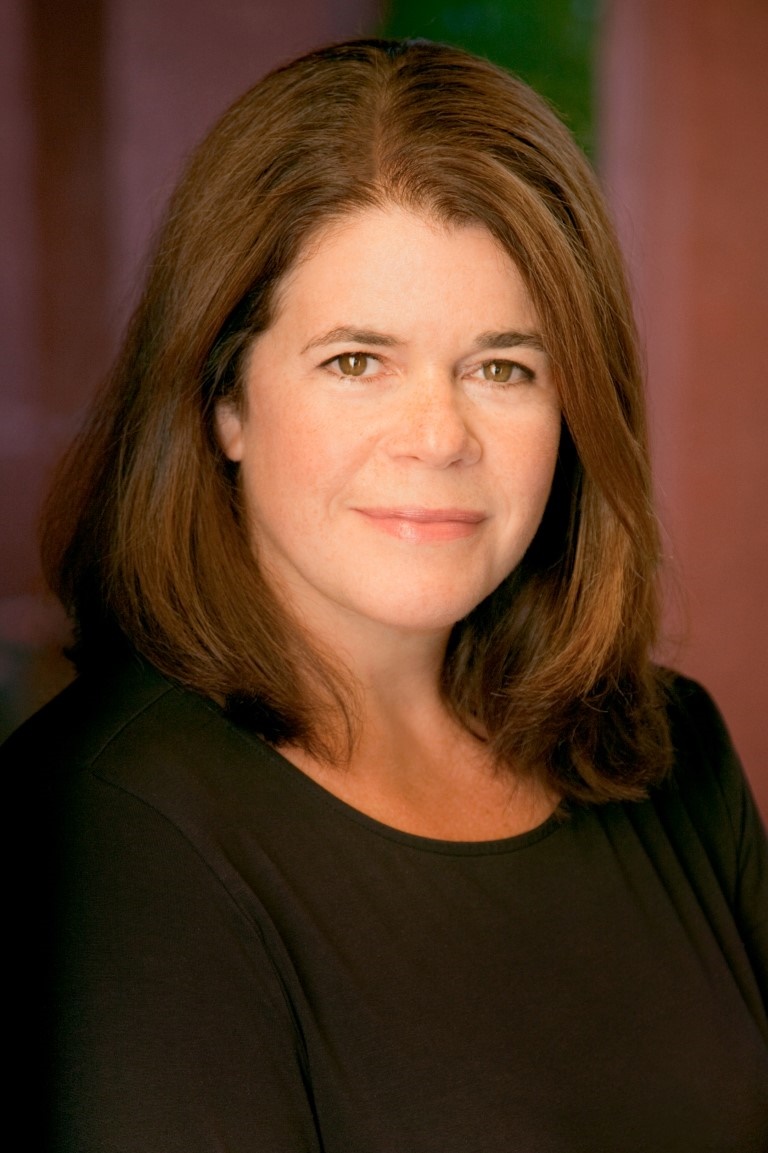 |
| photo: Kristen Dacey Iwai |
The Tumbling Turner Sisters (see our review below) by Juliette Fay is about a poverty-stricken family and how four sisters form a vaudeville acrobatic act in 1919. Fay's novel was inspired by her great-grandfather, Fred Delorme, who, in order to support his own family, found success in small-time vaudeville shows and revues. Fay is the oldest of three sisters. "We are quite a pack!" she says. "And while none of us is especially like any of the Turner girls, I felt very comfortable writing about the sibling dynamic, and I have my own wonderful sisters to thank for that." Fay's three prior works of contemporary women's fiction have earned awards and recognition from the Massachusetts Center for the Book, the American Booksellers Association, the American Library Association, Good Housekeeping, Target's Bookmarked Club and Library Journal.
Why write this book now?
I was coming up blank on ideas for contemporary fiction when I was reminded of my great-grandfather and his vaudeville career. I overcame my reservations and dove in. I always wanted to try historical fiction because I enjoy reading it so much. It's a wonderful way to learn about another time while enjoying the entertainment of a good story. I was hesitant to take it on, though, because I didn't feel "qualified," as if I needed a Ph.D. in some little-known era to be allowed to write about it. Even when I got over that, I was intimidated by the steep learning curve of doing so much research and communicating it in a natural way over the course of the story.
Any major challenges in the writing process?
Two: getting the history right and getting the voices right. There's so much about writing in another time period that's tricky. You don't know how people talked to one another, what phrases or tone they might have used--or not used!--that would be different from today. You don't always know what had been invented. I wanted to write a scene in which the girls were listening to the radio, and I knew radios had been invented, but I had to do more research to learn that there were no public broadcasts until 1920, the year after the story takes place! I felt like with every sentence I wrote, I needed to look something up.
Did anything stand out or surprise you in your research?
Vaudeville itself was a subculture based mostly on merit. If you were talented and successful, your gender, skin color and ethnic origin didn't matter nearly as much. What kept coming back to me was that vaudeville, in many ways, was a culture of outsiders. Middle- and upper-class Americans looked down their noses at performing, which was considered sketchy work. So it was left mainly to the poor, immigrants and minorities, and women--none of whom had many other options to rise above their station in life. It was a way for them to beat the system which, at the time, offered up a pretty heavy slice of oppression.
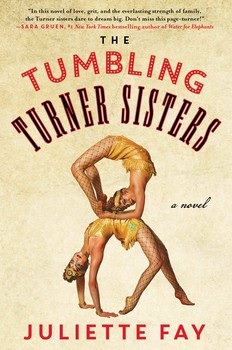 The vaudeville era spanned from the 1880s to the 1920s. Why did you choose to set the story in 1919?
The vaudeville era spanned from the 1880s to the 1920s. Why did you choose to set the story in 1919?
Socio-politically there was so much going on in 1919--the passage of prohibition and women's suffrage within a matter of months, even as the country was just barely beginning to recover from the deep losses of World War I and the Spanish flu. Everything was changing--except for racism, that remained very entrenched.
I was particularly interested in exploring the choices that the Turners could and couldn't make as women at that time. They could get jobs outside the home, but only certain jobs, for instance as nurses, telephone operators and secretaries. And much of society still considered that second best to being a wife and mother; employment was something you had to endure if you couldn't find a man to marry you. College was a complete long shot, even for young women from wealthy families. And yet the concept of the New Woman--smart, adventurous, unmarried--was gaining ground. I loved being able to tell a story about four individual young women who were coming of age at the same time America was coming of age.
This novel is the first book you've ever written using a first-person perspective.
After having written in third person (my own "voice") for three previous novels, it was quite a challenge to constantly have to think about how a character would say something, whether she would or wouldn't notice something, what her thoughts might be on a subject.
The story is told from the middle sisters' points of view. Why share only two perspectives?
My original intention was to tell the story from one point of view--17-year-old Winnie's--and I wrote the entire first draft in her voice. But then it became clear there were interesting things happening with the other sisters that I couldn't talk about because Winnie didn't know about them. I considered Kit (the youngest) and Nell (the oldest), but ultimately it was Gert who had the most secrets, and only she could bring them into full view. So I added chapters from Gert and rewrote some of Winnie's chapters in Gert's voice.
The supporting cast--beyond the family dynamic--is rich and colorful.
Yes, many of the secondary characters stand for something important--both in terms of the story and in terms of history.
As an African-American, Tippety Tap Jones is not only tapping across the stage, he's tap dancing his way around the landmines of racism. He traverses the fine line between deference (for his own survival) and not being pushed around. His refusal to "black up" becomes a sort of rallying call for the girls, and emboldens them to live on their own terms a little more, even though as women, they are rarely allowed such control.
Nat and Benny, the Jewish comedy pair, are also stand-ins. The more I researched vaudeville, the more I saw how immigrants and children of immigrants flooded to vaudeville because it was one of the few ways they might get ahead in the new world. Jewish humor was all over vaudeville, from Weber and Fields to Smith and Dale to the Marx Brothers. The humor of Nat and Benny endears them to the girls, and so does their avuncular kindness. They teach the girls many lessons about entertainment and about life.
Acrobatics play a major role in the story. Do you have any personal background in this?
Absolutely none. This became evident when my editor, a former gymnast, told me quite bluntly that the girls would never have been able to learn all those stunts in a couple of months. She really made me work at making the skill acquisition more believable, for which I'm very grateful. Otherwise I'd be getting scoffing reviews from gymnasts by the dozens.
What would you like readers to take away from this novel?
I hope that readers will love the story of these four girls. Then I hope they'll consider the conditions and constraints the sisters had to deal with--that all of these "outsiders" had to deal with. While we've come so far from those days, to varying degrees and in different forms, some of those conditions and constraints still exist. I hope The Tumbling Turner Sisters will spark some conversations and deeper understanding about that.
Is there another historical novel in your future?
Yes, I've just started a story set during the silent movie era of the early 1920s. Hollywood was becoming a mecca for film production and it was a pretty crazy place, so I'm having a lot of fun! --Kathleen Gerard, blogger at Reading Between the Lines
Juliette Fay: Vaudeville and the Culture of Outsiders
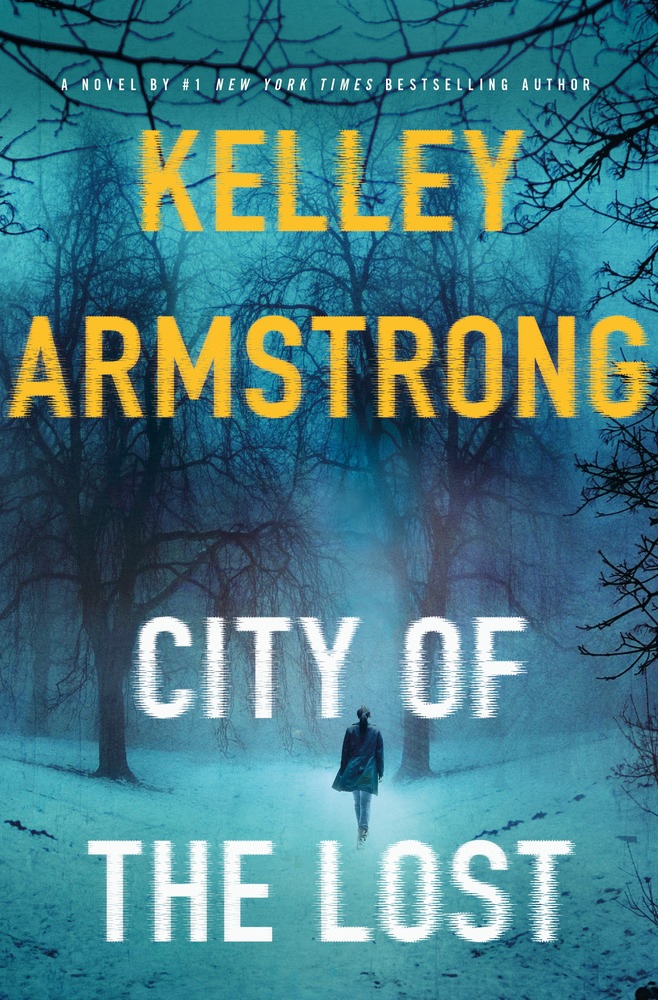 into a creepy tale that explores deep questions of faith and doubt." With another cold, ominous setting, Kelley Armstrong introduces homicide detective Casey Duncan in City of the Lost (Minotaur). Casey begins her story with " 'I killed a man,' I say to my new therapist." It was in college, not in the line of duty, and it dogs her as she tracks a serial killer in a hidden community in the wilds of Canada.
into a creepy tale that explores deep questions of faith and doubt." With another cold, ominous setting, Kelley Armstrong introduces homicide detective Casey Duncan in City of the Lost (Minotaur). Casey begins her story with " 'I killed a man,' I say to my new therapist." It was in college, not in the line of duty, and it dogs her as she tracks a serial killer in a hidden community in the wilds of Canada.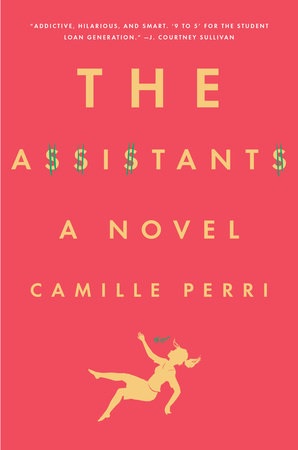 In Camille Perri's raucous debut novel, The Assistants (Putnam), a media mogul's smart young assistant almost by accident creates a scheme to skim expense account money to cover her and her colleagues' student loan debts. Our reviewer wrote, "It's great fun... just sit back and let a smart, funny writer entertain."
In Camille Perri's raucous debut novel, The Assistants (Putnam), a media mogul's smart young assistant almost by accident creates a scheme to skim expense account money to cover her and her colleagues' student loan debts. Our reviewer wrote, "It's great fun... just sit back and let a smart, funny writer entertain."



 The vaudeville era spanned from the 1880s to the 1920s. Why did you choose to set the story in 1919?
The vaudeville era spanned from the 1880s to the 1920s. Why did you choose to set the story in 1919?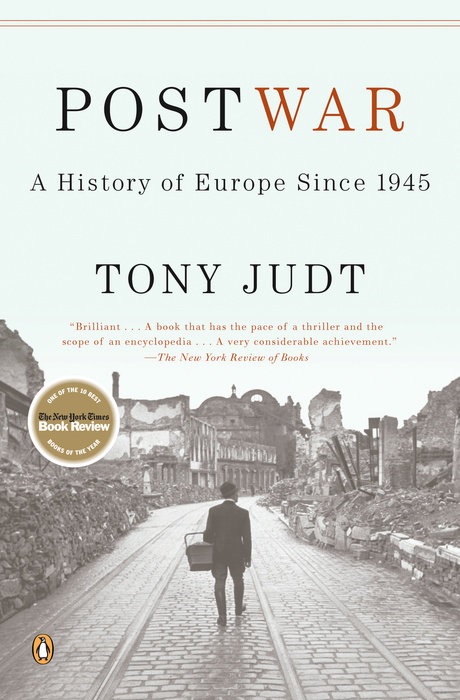 The European Union, which took a blow yesterday after Britain voted in favor of leaving, was conceived in the aftermath of the two World Wars that had so devastated the continent. Amid the ruins of Europe, statesmen considered how best to alleviate the nationalism that had made neighbors war intermittently for hundreds of years. The answer, it seemed, was a supranational organization, one with more authority and closer ties between its member states than the emerging United Nations. Thus were the seeds of the European Union planted, an idea that would not fully flower until the late 20th and early 21st century.
The European Union, which took a blow yesterday after Britain voted in favor of leaving, was conceived in the aftermath of the two World Wars that had so devastated the continent. Amid the ruins of Europe, statesmen considered how best to alleviate the nationalism that had made neighbors war intermittently for hundreds of years. The answer, it seemed, was a supranational organization, one with more authority and closer ties between its member states than the emerging United Nations. Thus were the seeds of the European Union planted, an idea that would not fully flower until the late 20th and early 21st century.